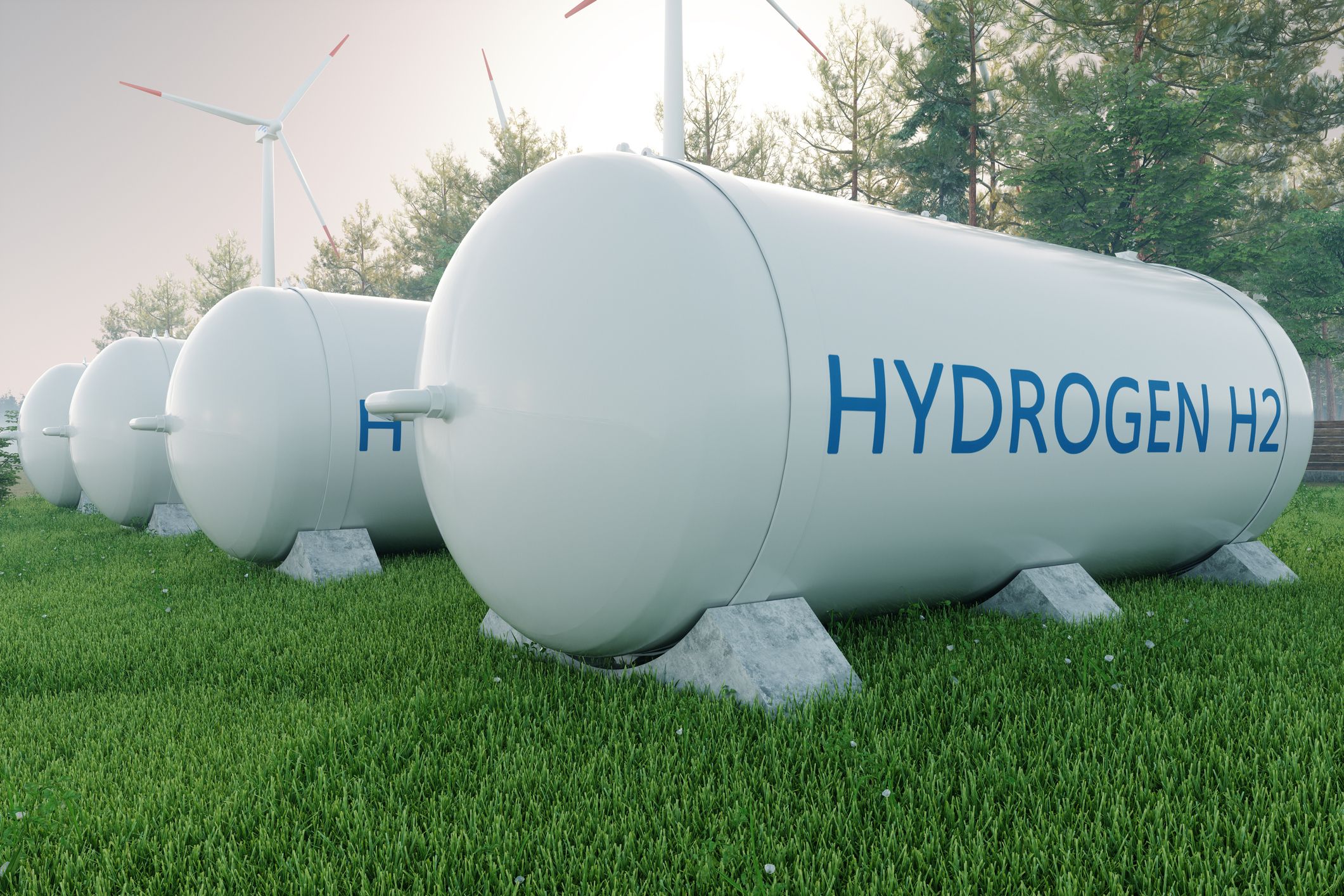Green hydrogen is being touted around the world as a clean energy solution to take the carbon out of high-emitting sectors like transport and industrial manufacturing.
There are multiple facilities in the works in the Capital Region as Louisiana moves closer to becoming a hub for green hydrogen production. From Air Products’ $4.5 billion plant in Ascension Parish to the Gron Fuels plant underway in Port Allen to the Plug Power-Olin Corp. joint venture that will create a “clean” hydrogen production plant in St. Gabriel, we’ve been hearing a lot about the product. The Associated Press has put together a primer on the subject:
What is green hydrogen?
Hydrogen is produced by separating that element from others in molecules where hydrogen occurs. For example, water—well known by its chemical symbol of H20, or two hydrogen atoms and one oxygen atom—can be split into those component atoms through electrolysis.
Hydrogen has been produced and used at scale for over a century, primarily to make fertilizers and plastics and to refine oil. It has mostly been produced using fossil fuels, especially natural gas.
But when the production is powered by renewable energy, the resulting hydrogen is green hydrogen. The global market for green hydrogen is expected to reach $410 billion by 2030, according to analysts, which would more than double its current market size.
However, critics say the fuel is not always viable at scale and its “green” credentials are determined by the source of energy used to produce it.
What can it be used for?
Green hydrogen can have a variety of uses in industries such as steelmaking, concrete production, and manufacturing chemicals and fertilizers. It can also be used to generate electricity, as a fuel for transport, and to heat homes and offices. Today, hydrogen is primarily used in refining petroleum and manufacturing fertilizers. Emissions from making fertilizer—essential to grow crops that feed the world—can be reduced by using green hydrogen. In Louisiana, this potential reduction is in line with Gov. John Bel Edwards’ push to lower carbon emissions statewide.
Are there doubts about green hydrogen?
Flammability plus transport issues limit hydrogen’s use in “dispersed applications” such as residential heating, according to a report by the Energy Transitions Commission, a coalition of energy leaders committed to net-zero emissions by 2050. It also is less efficient than direct electrification as some energy is lost when renewables are converted to hydrogen and then the hydrogen is converted again to power, the report says.
However, that report notes strong potential for hydrogen as an alternative to batteries for energy storage at large scale and for long periods.
Other studies have questioned the high cost of production, investment risks, greater need for water than other clean power and the lack of international standards. Read the full primer from AP.



